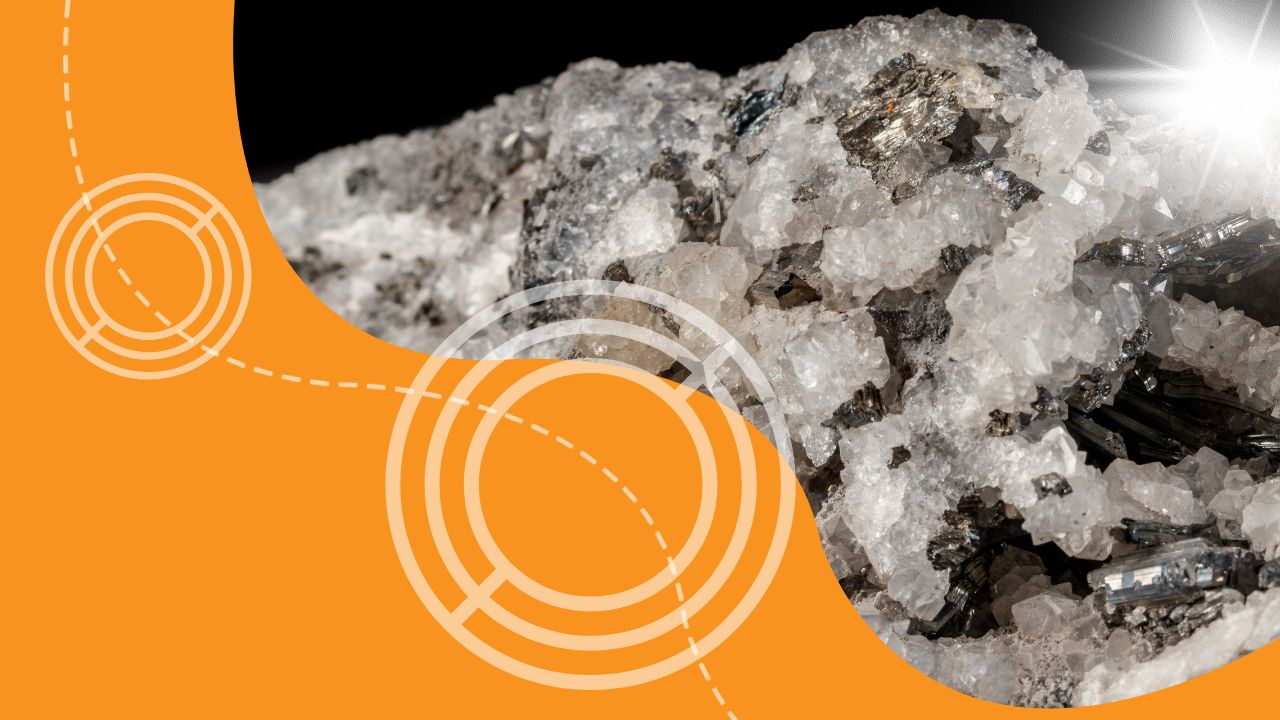A pioneering piece of jewelry, a ring designed by materials researcher and designer Karoline Healy under her brand H2ERǴ, has become the first known object made using metals extracted through the innovative process of phytomining. This emerging technology uses special plants, known as hyperaccumulators, to draw metals from the soil through their roots. The metals in Healy’s ring were sourced from the Miners Garden at the Barnsley Main Colliery in the UK, a former coal mining site now utilized for bioremediation and experimental metal recovery.
Healy’s interest in biomining began while working on a project for a consumer electronics company seeking sustainable steel. This led her to discover the work of biogeochemist Antony Van Der Ent, who identified nickel hyperaccumulator plants in Borneo. Inspired by these findings, Healy initiated her ongoing Future Metals research project, exploring sustainable ways to source precious metals in harmony with ecosystems.
The metals used in the ring were obtained with the help of the biomining start-up Phyona, which focuses on developing low-carbon and fully bio-based methods to extract metals. The ring features a mixed metallic dust, including silver, nickel, copper, and zinc, encapsulated in a transparent sphere. This presentation symbolizes both the current state of the technology and its origins in the polluted soil of the Barnsley Main site.
While phytomining is unlikely to replace traditional mining on a large scale, Healy believes it could serve as a partial substitute, especially as metal reserves dwindle. Her work is currently on display at a museum at the Barnsley Main Colliery site, highlighting the growing interest in using natural processes for sustainable design in fields like biodesign.


